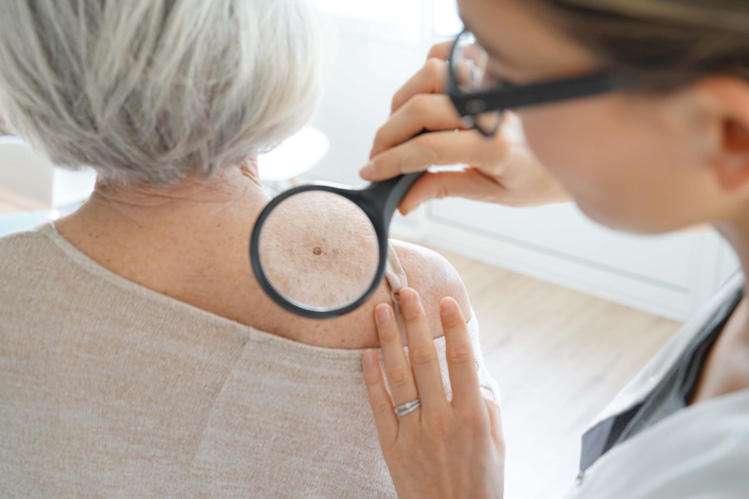Look into mohs surgery for skin cancer with a certified specialist.
Look into mohs surgery for skin cancer with a certified specialist.
Blog Article
Navigating Skin Cancer Therapy: The Essential Duty of Mohs in Modern Dermatology Practices
Skin cancer cells, a challenging diagnosis, typically leaves patients grappling with numerous treatment choices. As we check out the ins and outs of this procedure, one will appreciate its essential role in skin cancer cells therapy.
Recognizing Skin Cancer Cells: Kinds and Dangers
Skin cancer, a potentially dangerous ailment, is much more prevalent than lots of people understand. This illness, triggered by the uncontrolled growth of irregular skin cells, mostly results from DNA damage due to direct exposure to the sun and ultraviolet (UV) light. There are 3 primary types of skin cancer cells: Basal cell cancer, Squamous cell carcinoma, and Cancer malignancy. While the former 2 are less dangerous and compose most of diagnosed instances, cancer malignancy is the most harmful. It accounts for only concerning 1% of skin cancer situations however causes the large majority of skin cancer fatalities - skin cancer. Danger variables consist of reasonable skin, history of sunburn, extreme sun direct exposure, living at high elevations or shut to the equator, having lots of moles, a family members history of skin cancer, and compromised body immune system.
What Is Mohs Surgical procedure and Exactly How It's Transforming Skin Cancer Therapy
In spite of the countless therapies presently available for skin cancer cells, Mohs surgical treatment sticks out as a groundbreaking and highly efficient service. Called after Frederic E. Mohs, the physician who developed the procedure, Mohs surgery is an exact medical strategy made use of to treat skin cancer. Throughout the procedure, thin layers of cancer-containing skin are progressively eliminated and analyzed up until only cancer-free tissue remains. This strategy enables the doctor to confirm that all cancer cells have actually been gotten rid of at the time of surgery. This level of accuracy, combined with the capacity to spare as much healthy tissue as possible, is changing skin cancer cells treatment. Consequently, Mohs surgical treatment has come to be a foundation of modern dermatology methods.
The Advantages of Mohs Surgical Treatment Over Traditional Skin Cancer Treatments
Structure on the cutting-edge nature of Mohs surgery, it's vital to consider its countless benefits over typical skin cancer cells therapies. Unlike standard operating procedures, Mohs offers a greater cure price, commonly getting to 99% for novice therapies and 94% for recurrent cancers. This precision is due to its one-of-a-kind technique of considerably eliminating and examining tissue layers up until only cancer-free cells stay (mohs surgery). Additionally, it lessens damages to healthy and balanced skin, causing less scarring and enhanced cosmetic outcomes. Mohs likewise supplies prompt outcomes, getting rid of the anxiety-ridden wait usual with other methods. this contact form It's economical, as the surgical treatment and tiny exam take place concurrently, getting rid of the need for additional laboratory solutions. Hence, Mohs represents a considerable development in skin-related techniques.
The Procedure of Mohs Surgical Procedure: What to Expect During the Process

Potential Side Results and Post-Operative Treatment of Mohs Surgical Treatment
Going through Mohs surgical treatment, like any type of various other surgery, entails possible negative effects that clients need to understand. Common visit this site side impacts include discomfort, wounding, and swelling at the surgical procedure site. These are normally temporary and convenient with over the counter discomfort medicine and ice packs. In unusual cases, individuals might experience infection, blood loss, or an allergic response to the anesthetic. Post-operative care is essential to healing and decreasing adverse effects. This usually entails keeping the wound tidy and completely dry, taking prescribed medications, and preventing arduous tasks. Individuals should additionally participate in all follow-up visits for injury treatment and monitoring. In some instances, additional treatments might be required to ensure total removal of the cancerous cells. Following these post-operative treatment guidelines can significantly improve recuperation and outcomes.
Conclusion

Report this page